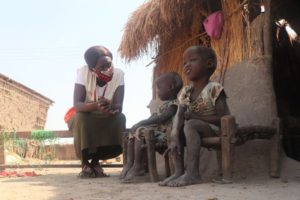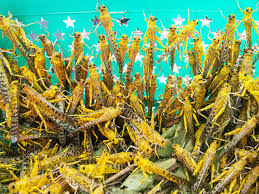

ETH – April 12, 2021
(ETH) – A new report coming out of Africa is revealing that over 7 million people across six East African countries are at the brink of starvation as communities have continually faced existential threats from violence, flooding, covid pandemic, as well as a locust infestation, according to a new warning from the evangelical humanitarian organization World Vision.
World Vision that operates in nearly 100 countries, has sounded the alarm that thousands of children could potentially face death or long-term health consequences if the international community fails to respond quickly to East Africa’s worsening crisis.
One of these voices is Debebe Dawit, who is the program manager for World Vision’s humanitarian emergency affairs team, who also recently visited Ethiopia and witnessed firsthand the impacts of poverty in the East African country and reported that the situation is “severe.”
“The situation is very severe in East Africa, and particularly Ethiopia. Over 2 million people are in need of food assistance,” Dawit told The Christian Post in a Thursday interview. “Among conflict, COVID-19, flooding, locust infestation, all these are adding [an] additional burden to the community.”
East Africa has been pounded by disaster after disaster. Even Before the pandemic began, several countries in East Africa had already faced a widespread locust infestation that reportedly impacted hundreds of thousands of hectares and damaged croplands and pastures. Then it was large-scale flooding that destroyed crops that had already been ready to harvest. The devastation impacted the food supply for 4 million people in the region.

